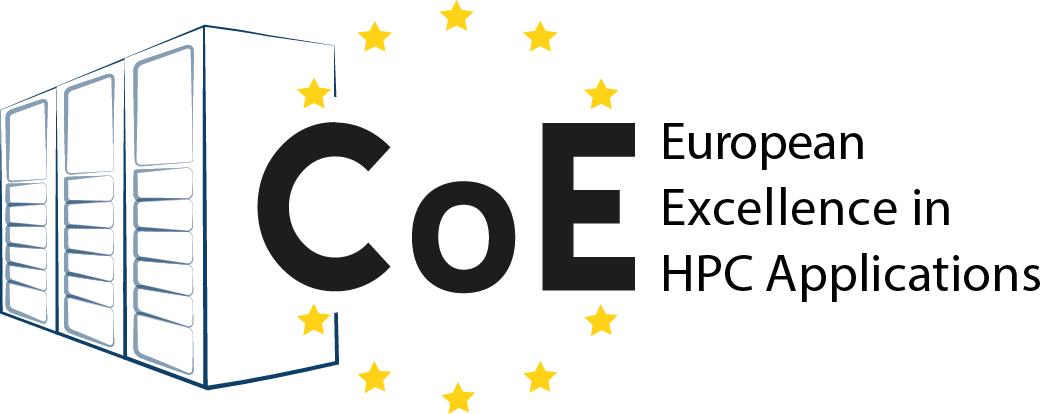This three-day event includes in-depths training on the flagship EoCoE codes and solvers, which focus on HPC simulations applied to energy domains. These codes and solvers are designed and optimized to run on the latest European pre-exascale machines, and will ultimately be scaled to the upcoming exascale systems.
The school is aimed at scientists and researchers from academia and industry from across Europe, it will allow participants to test their mastery of these codes on the EoCoE Software as a Service Portal, using the computing resources of the Poznań Supercomputing and Networking Center (PSNC).
An EoCoE team of researchers from several prominent European research centres will host the training sessions and supervise the work of School participants. This event will focus on material science, weather forecast and climate change plus the software and algorithm expertise.
A strong participation to the EoCoE School will be rewarded with certification and several awards. To evaluate whom this award will go to, participants are asked to describe their goals regarding the EoCoE codes on registration to the School, and also hosts will assess their participation during the sessions.
Agenda and registration at the following link: https://indico3.conference4me.psnc.pl/event/8
